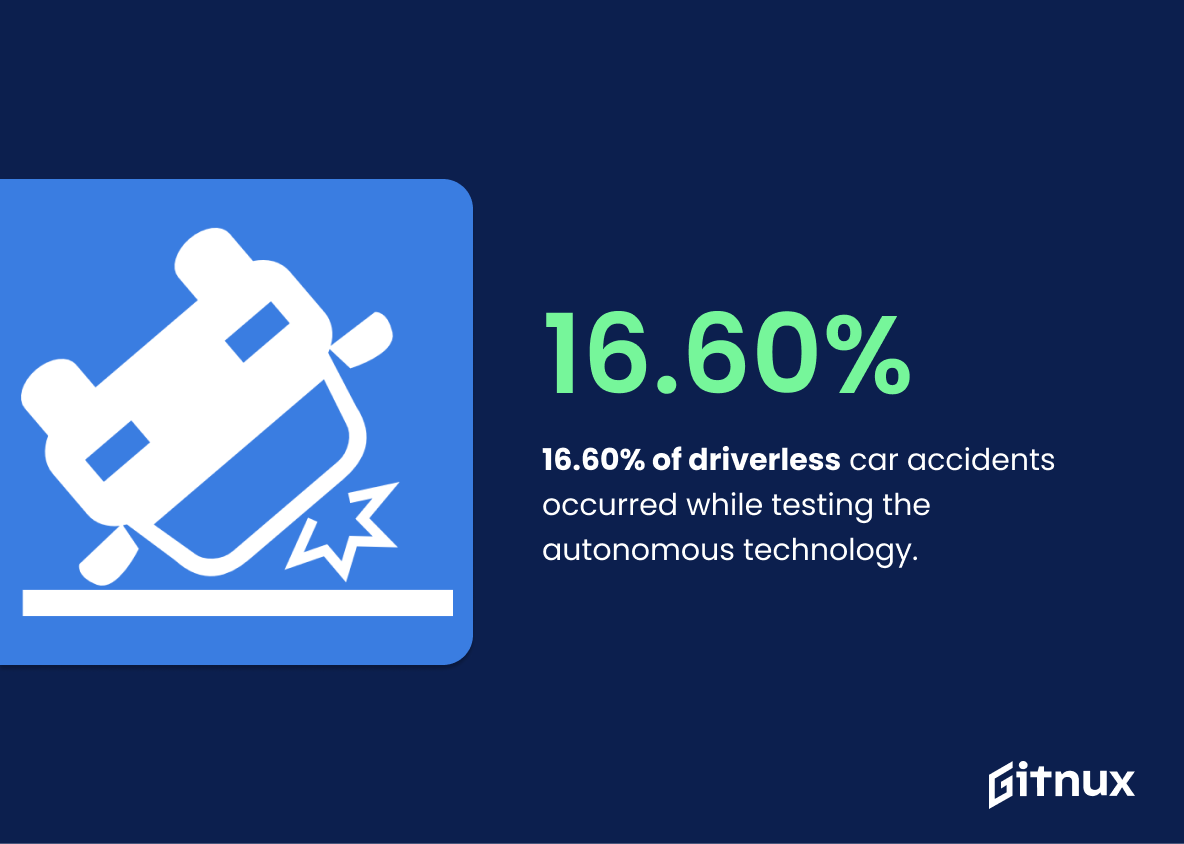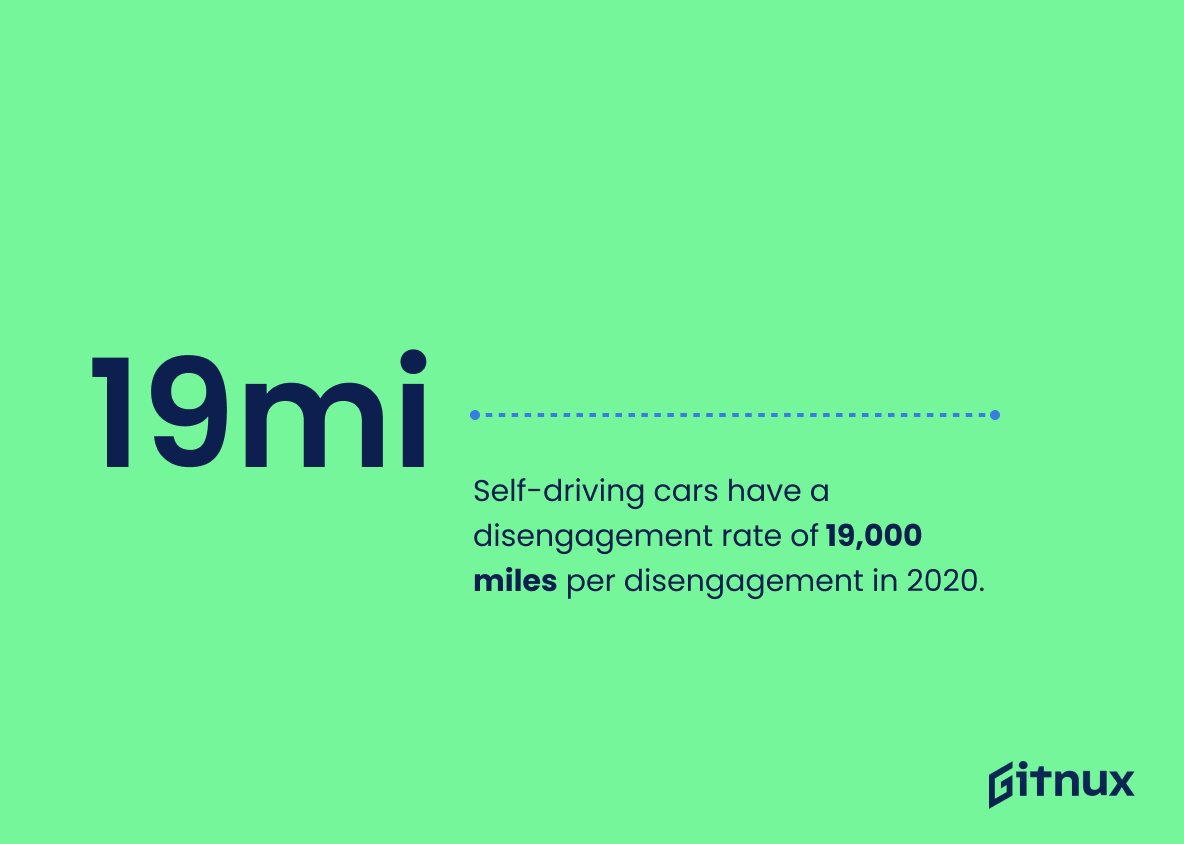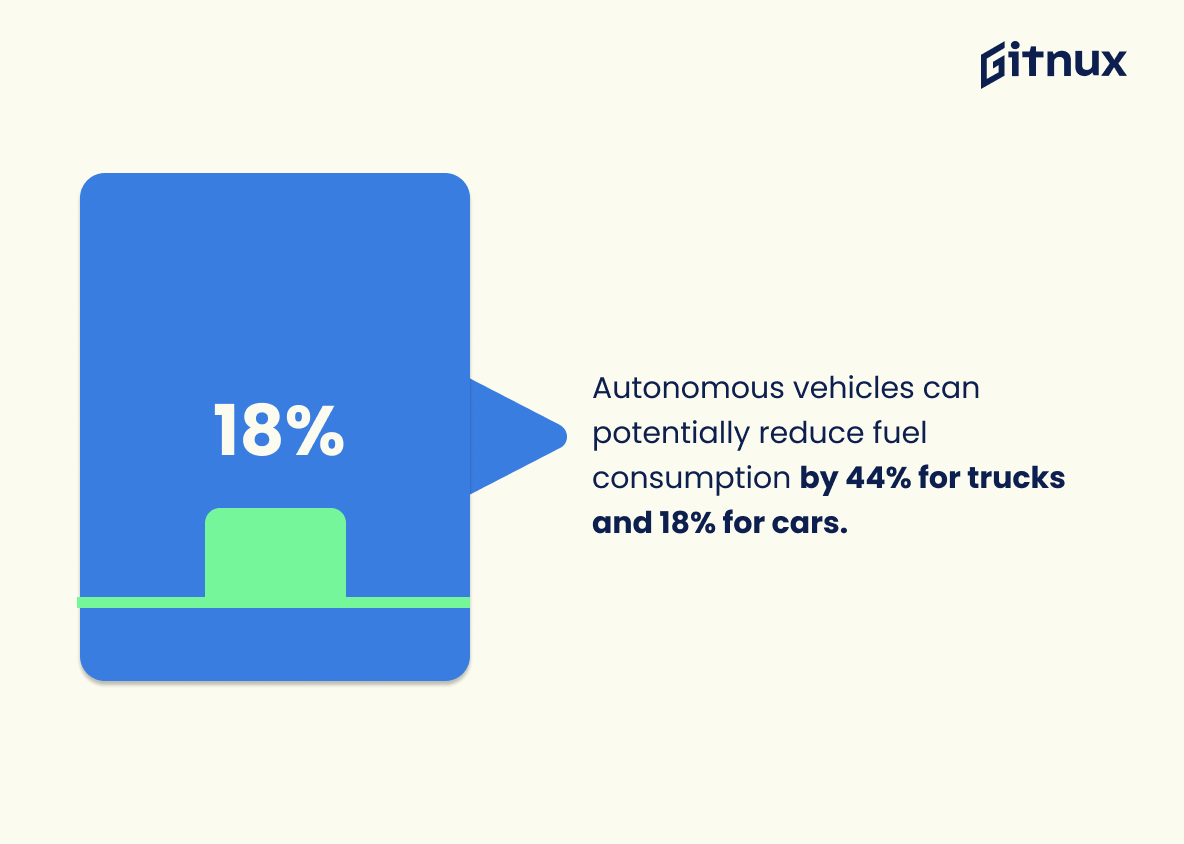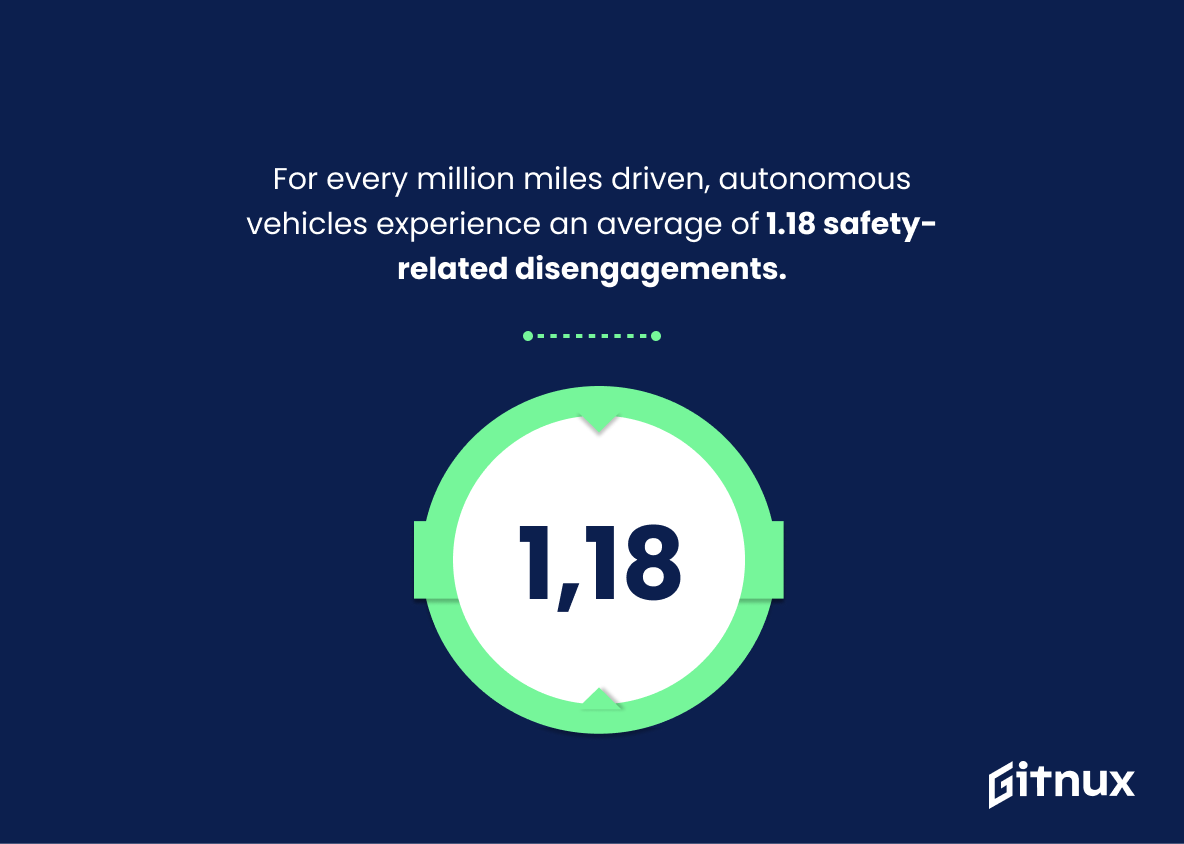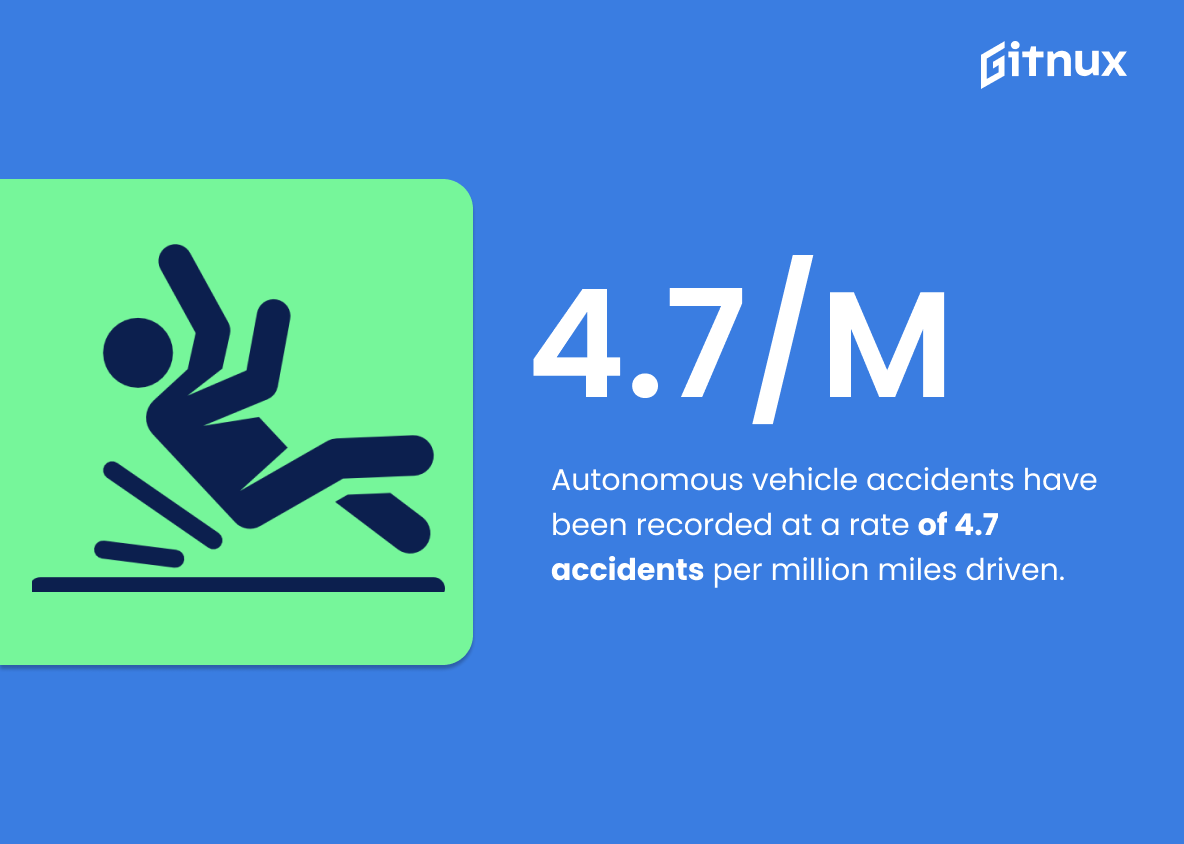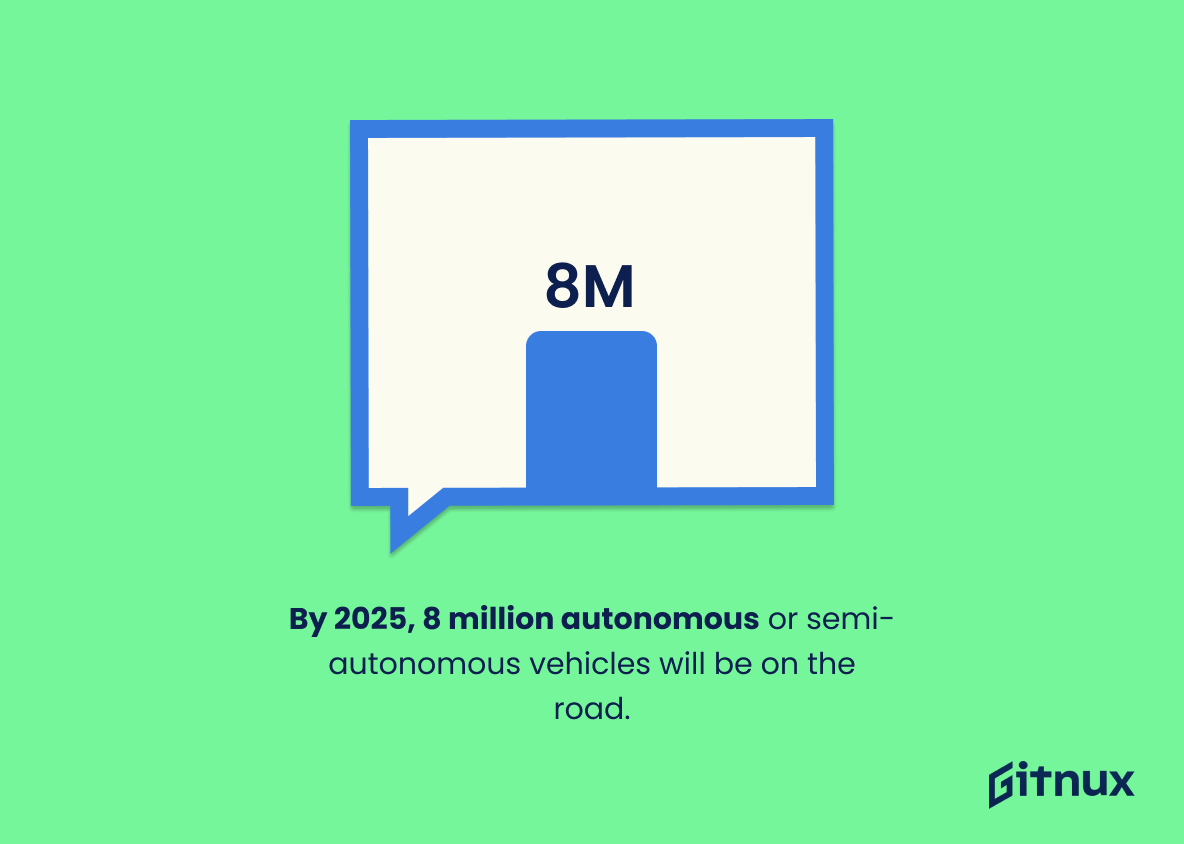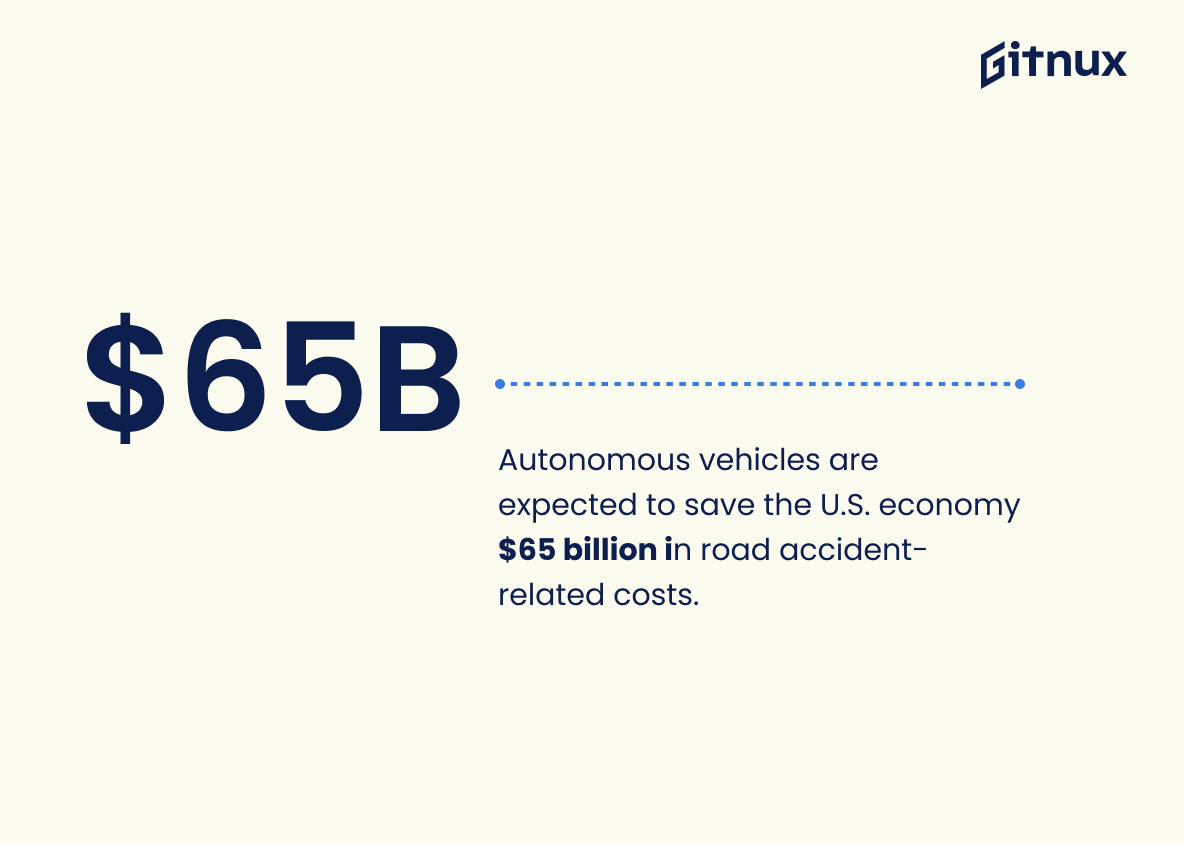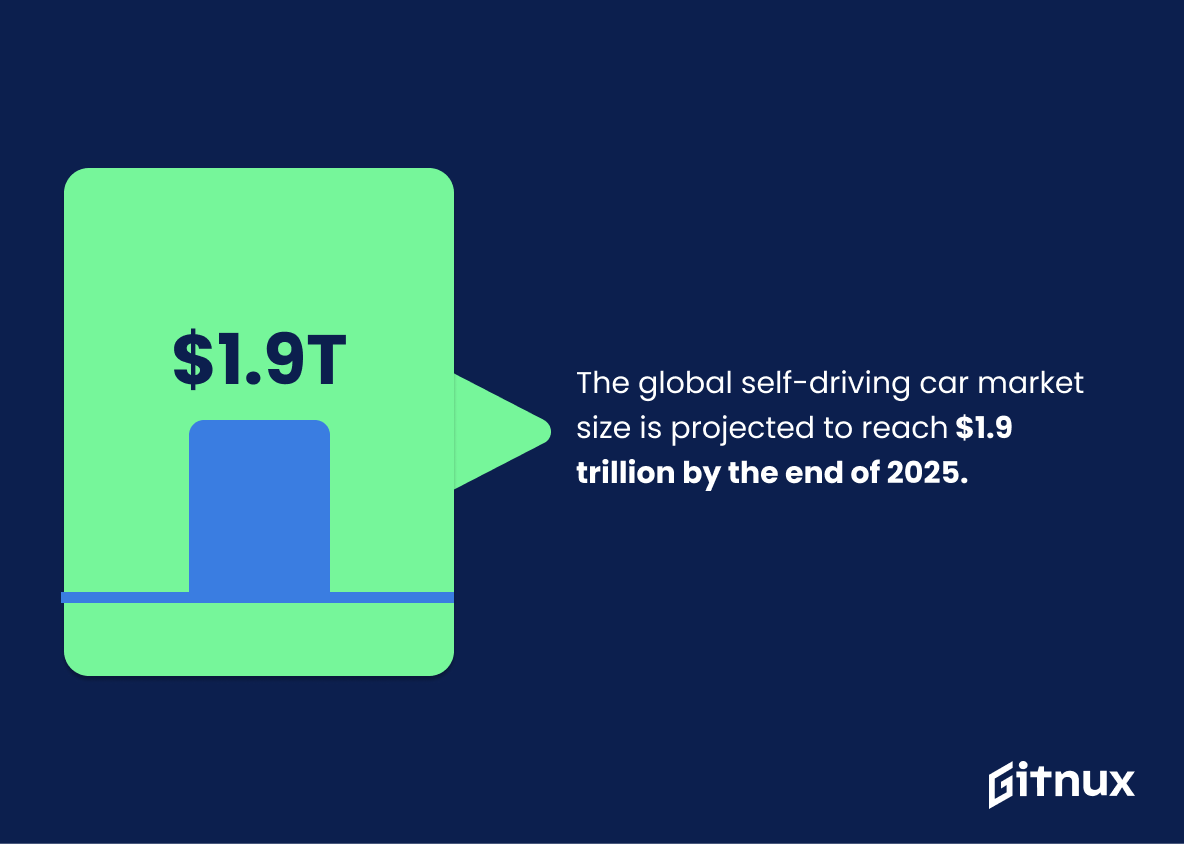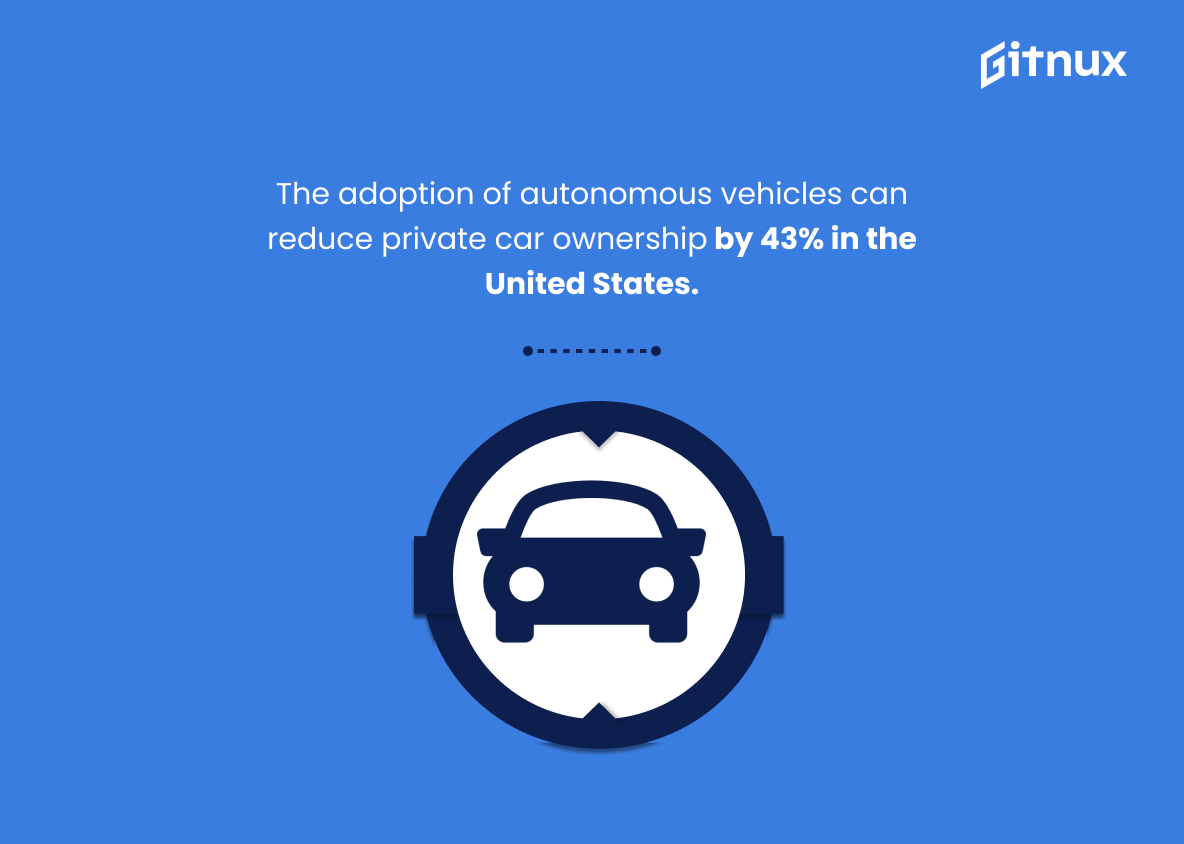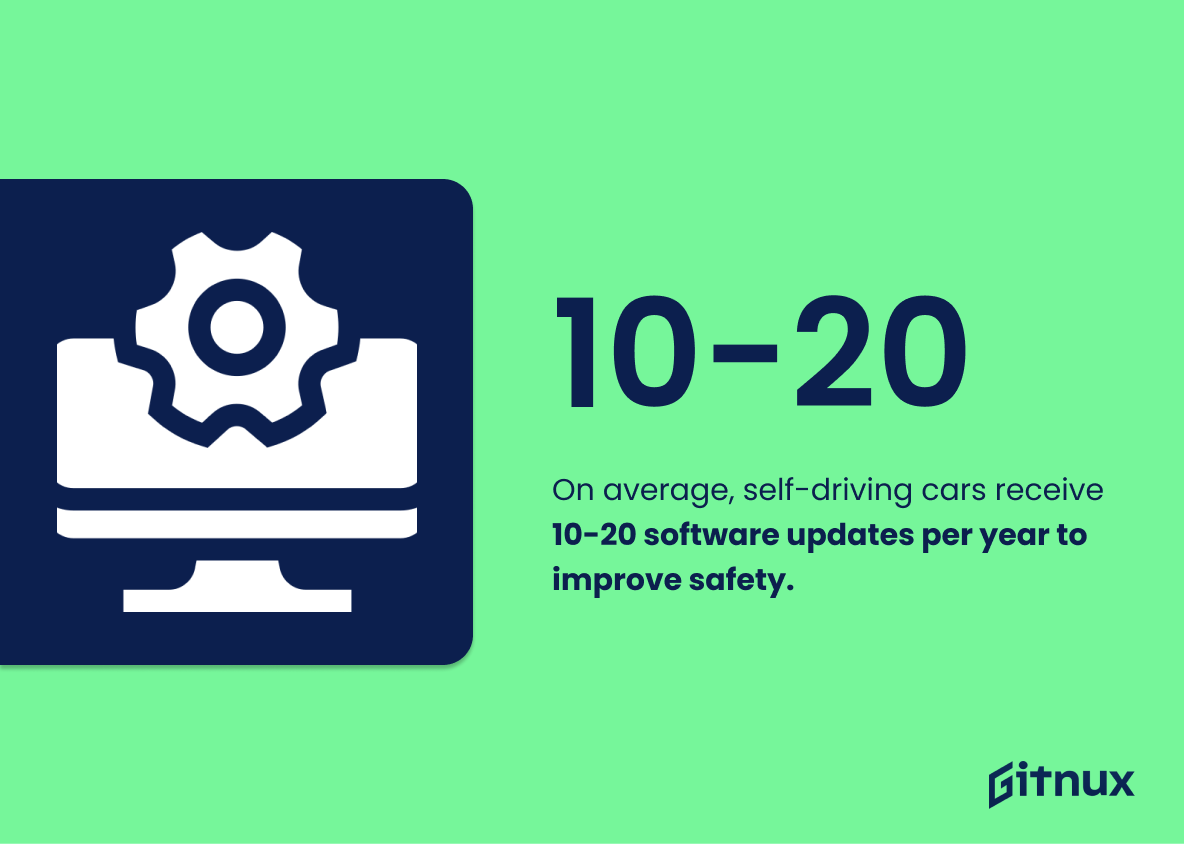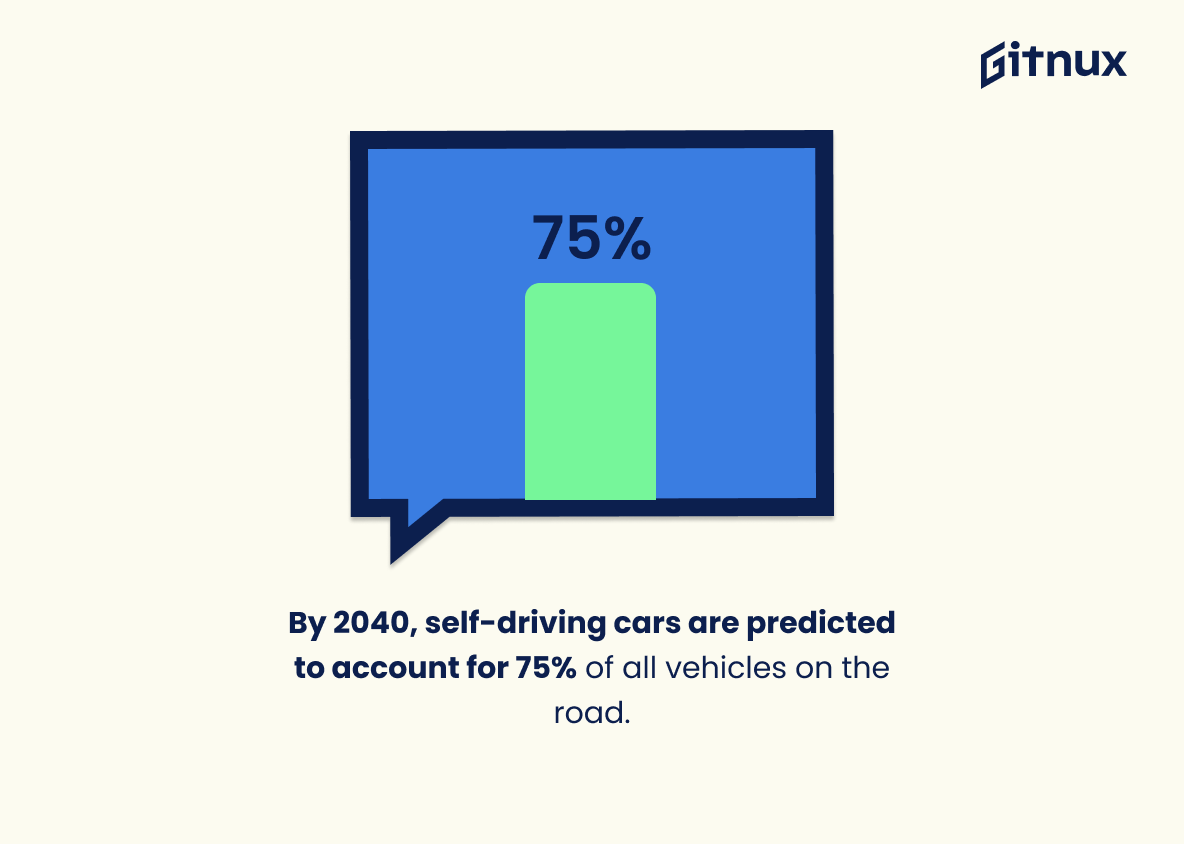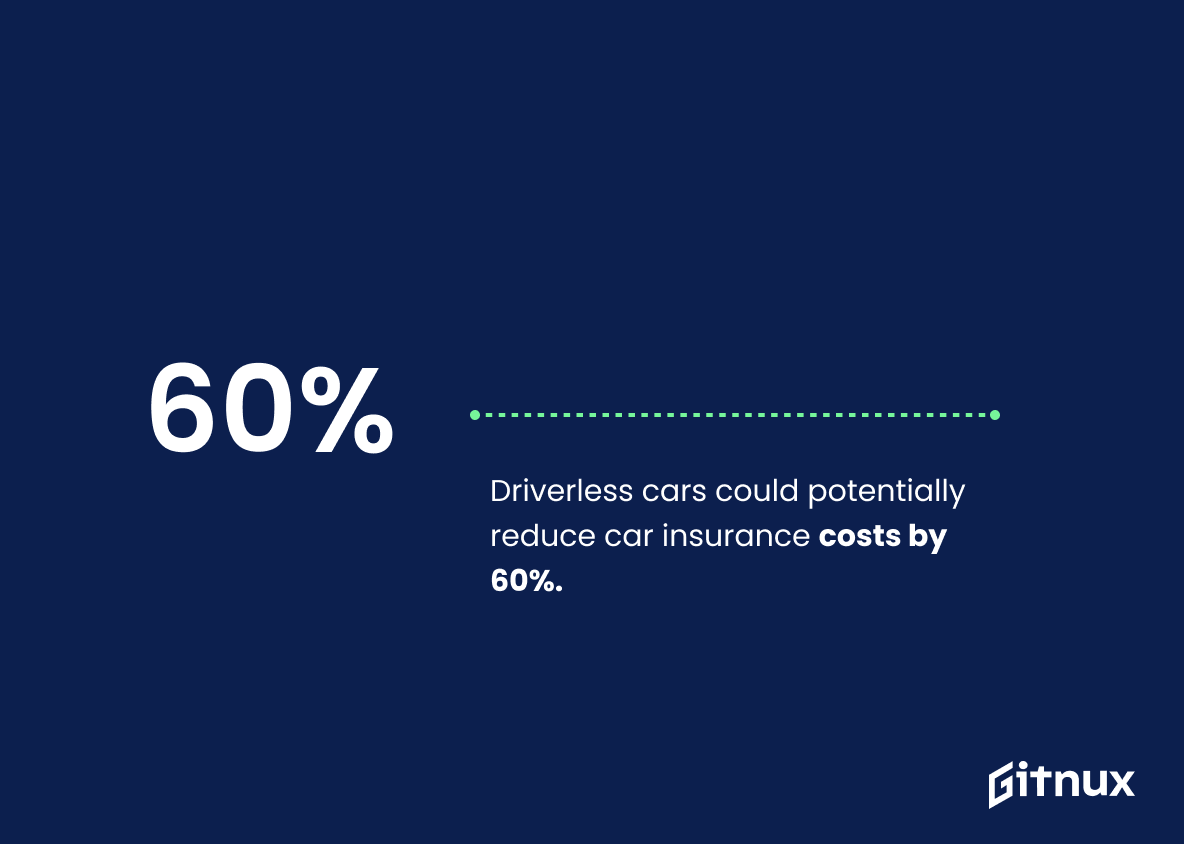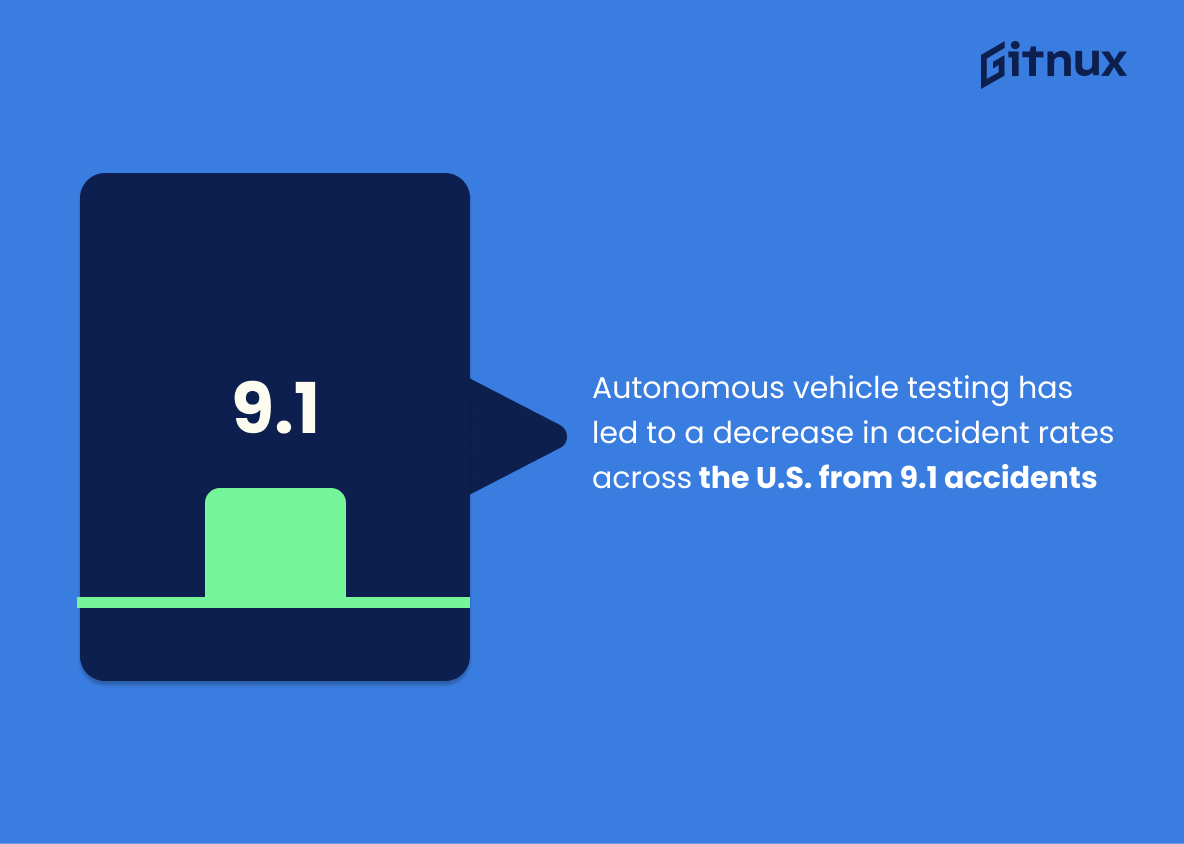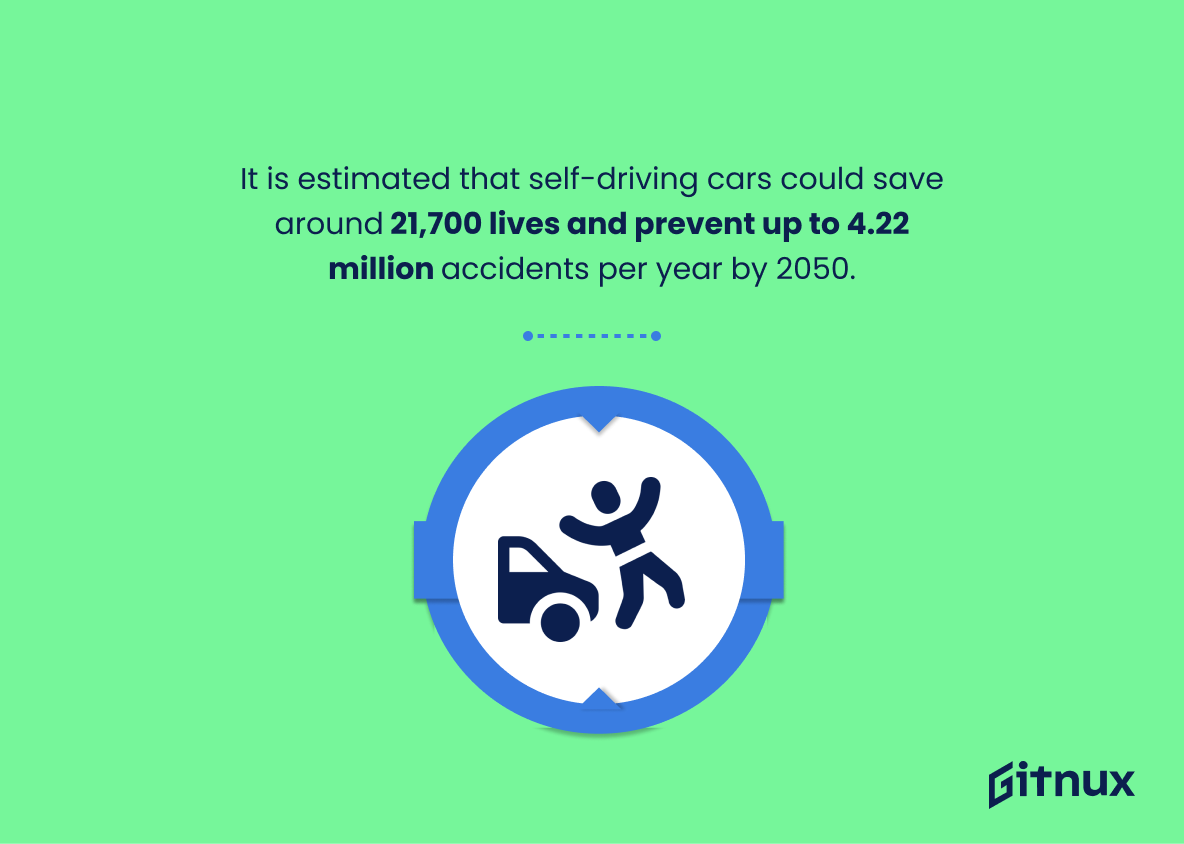As the world moves towards a more automated future, driverless cars are becoming increasingly popular. With this new technology comes an array of potential benefits and risks that must be considered. This blog post will explore some key statistics related to driverless car accidents to better understand their impact on society.
We’ll look at data from 2020 regarding public opinion about self-driving vehicles, safety rates for autonomous cars compared with conventional ones, and projections for how many such vehicles may be on the road by 2025 or 2040.
Additionally, we’ll discuss how these technologies could potentially reduce traffic fatalities as well as fuel consumption and insurance costs over time. Finally, we’ll examine research into older adults’ acceptance rate of autonomous vehicle use and estimated lives saved through its adoption by 2050.
This statistic is a powerful reminder of the potential life-saving benefits of autonomous vehicles. With the ability to reduce traffic fatalities by up to 90%, driverless cars could revolutionize the way we travel and make our roads much safer. This statistic is a compelling argument for why driverless cars should be embraced and further developed.
There have been six reported accidents involving autonomous vehicles in California in 2020.
This statistic is a stark reminder of the potential risks associated with autonomous vehicles. It serves as a warning that, despite the promise of increased safety, driverless cars are not immune to accidents. As the technology continues to develop, it is important to remain vigilant and aware of the potential dangers that come with it.
Driverless Car Accident Statistics Overview
16.60% of driverless car accidents occurred while testing the autonomous technology at low speeds.
This statistic is a crucial indicator of the safety of driverless cars, as it shows that even when the cars are travelling at low speeds, accidents can still occur. This highlights the need for further research and development into the autonomous technology, in order to ensure that driverless cars are as safe as possible.
94% of all car accidents are due to human error, which can be significantly reduced by autonomous cars.
This statistic is a powerful reminder of the potential of autonomous cars to reduce the number of car accidents caused by human error. It highlights the fact that driverless cars could be a major step forward in improving road safety, and could potentially save countless lives. This statistic is an important part of the conversation about driverless car accident statistics, as it demonstrates the potential of autonomous cars to reduce the number of accidents on the road.
Self-driving cars have a disengagement rate of 19,000 miles per disengagement in 2020.
This statistic is a crucial indicator of the safety of self-driving cars, as it shows the average distance a car can travel without requiring human intervention. With a higher disengagement rate, it means that self-driving cars are able to travel further without needing a driver to take control, thus reducing the risk of accidents. This statistic is essential in understanding the safety of driverless cars and how they compare to traditional cars.
Autonomous vehicles can potentially reduce fuel consumption by 44% for trucks and 18% for cars.
This statistic is a powerful reminder of the potential of autonomous vehicles to reduce fuel consumption and, in turn, reduce the environmental impact of cars and trucks. By reducing fuel consumption, autonomous vehicles can help to reduce emissions and improve air quality, making them an important part of the effort to combat climate change. Additionally, the reduced fuel consumption can lead to cost savings for drivers, making autonomous vehicles a more attractive option for those looking to save money on fuel costs.
For every million miles driven, autonomous vehicles experience an average of 1.18 safety-related disengagements.
This statistic is a testament to the safety of autonomous vehicles, as it indicates that for every million miles driven, there is an average of only 1.18 safety-related disengagements. This is a reassuring statistic for those who are concerned about the safety of driverless cars, as it shows that these vehicles are able to navigate the roads with a high degree of reliability.
Autonomous vehicle accidents have been recorded at a slightly lower rate compared with conventional cars, at 4.7 accidents per million miles driven.
This statistic is a testament to the safety of autonomous vehicles, showing that they are performing better than conventional cars in terms of accident rate. This is an important point to make in a blog post about driverless car accident statistics, as it demonstrates that autonomous vehicles are a viable and safe option for transportation.
By 2025, 8 million autonomous or semi-autonomous vehicles will be on the road.
This statistic is a stark reminder of the potential for driverless car accidents in the near future. With 8 million autonomous or semi-autonomous vehicles on the road by 2025, the potential for accidents involving these vehicles is likely to increase significantly. This makes it all the more important to understand the risks associated with driverless cars and to be aware of the potential for accidents.
Autonomous vehicles are expected to save the U.S. economy $65 billion in road accident-related costs.
This statistic is a powerful reminder of the potential economic benefits of autonomous vehicles. It highlights the fact that, by reducing the number of road accidents, driverless cars could save the U.S. economy a staggering $65 billion in costs associated with them. This is an important point to consider when discussing driverless car accident statistics, as it demonstrates the potential for autonomous vehicles to have a positive impact on the economy.
The global self-driving car market size is projected to reach $1.9 trillion by the end of 2025.
This statistic is a powerful indicator of the potential of the driverless car market and its growth trajectory. It speaks to the immense potential of the technology and the impact it could have on the global economy. It also serves as a reminder of the importance of understanding the risks associated with driverless cars, as the market continues to expand and the number of accidents increases. By understanding the potential of the driverless car market, we can better prepare for the potential risks and ensure that the technology is used safely and responsibly.
The adoption of autonomous vehicles can reduce private car ownership by 43% in the United States.
This statistic is a game-changer in the context of driverless car accident statistics, as it demonstrates the potential for autonomous vehicles to drastically reduce the number of private cars on the roads. This could lead to a significant decrease in the number of car accidents, as well as a decrease in the number of fatalities and injuries associated with car accidents. In addition, the reduction in private car ownership could lead to a decrease in traffic congestion, air pollution, and other environmental impacts associated with car ownership.
On average, self-driving cars receive 10-20 software updates per year to improve safety.
This statistic is a testament to the commitment of the driverless car industry to safety. With 10-20 software updates per year, the industry is constantly striving to make sure that their cars are as safe as possible. This is especially important in light of the fact that driverless car accidents are still relatively rare, but can have devastating consequences. By ensuring that their cars are as up-to-date as possible, the industry is doing its part to make sure that these accidents are kept to a minimum.
By 2040, self-driving cars are predicted to account for 75% of all vehicles on the road.
This statistic is a stark reminder of the potential impact driverless cars could have on the roads in the near future. It highlights the need to understand the risks associated with these vehicles and to ensure that safety measures are in place to protect drivers, passengers, and pedestrians. Knowing the potential for driverless cars to make up the majority of vehicles on the road in the coming years, it is essential to have an understanding of the accident statistics associated with them.
Driverless cars could potentially reduce car insurance costs by 60%.
This statistic is a game-changer in the context of driverless car accident statistics, as it suggests that the introduction of driverless cars could drastically reduce the cost of car insurance. This could be a major incentive for people to switch to driverless cars, as it could potentially save them a significant amount of money.
Autonomous vehicle testing has led to a decrease in accident rates across the U.S. from 9.1 accidents per million miles in 2016 to 4.6 accidents per million miles in 2018.
This statistic is a testament to the safety of autonomous vehicles, demonstrating that they are capable of reducing the number of accidents on the roads. It is a powerful indicator of the potential of driverless cars to make roads safer and reduce the number of fatalities and injuries caused by car accidents. This statistic is an important piece of evidence in the discussion of driverless car accident statistics, as it shows that autonomous vehicles can be a viable solution to the problem of road safety.
It is estimated that self-driving cars could save around 21,700 lives and prevent up to 4.22 million accidents per year by 2050.
This statistic is a powerful reminder of the potential of self-driving cars to revolutionize road safety. By 2050, these vehicles could save thousands of lives and prevent millions of accidents, making our roads much safer for everyone. This is a compelling argument for the adoption of driverless car technology, and a reminder of the importance of continuing to invest in this technology.
Conclusion
The statistics presented in this blog post demonstrate the potential of autonomous vehicles to reduce traffic fatalities, fuel consumption and car insurance costs. They also show that driverless cars have a lower accident rate than conventional cars, as well as higher acceptance rates among older adults. Furthermore, self-driving technology is expected to become increasingly prevalent on roads by 2025 with 8 million autonomous or semi-autonomous vehicles projected to be on the road by then.
With continued testing and software updates for safety purposes, it appears that driverless cars could potentially save thousands of lives each year while providing economic benefits such as reduced car ownership and insurance costs.
References
0. – https://www.dmv.ca.gov
1. – https://www.venturebeat.com
2. – https://www.theengineer.co.uk
3. – https://www.itu.int
4. – https://www.autoblog.com
5. – https://www.clarkstonconsulting.com
6. – https://www.businessinsider.com
7. – https://www.deepblue.lib.umich.edu
8. – https://www.forbes.com
9. – https://www.energycentral.com
10. – https://www.nhtsa.gov
11. – https://www.tandfonline.com
12. – https://www.lexisnexis.com
13. – https://www.rand.org
14. – https://www.publications.aston.ac.uk
15. – https://www.marketwatch.com
16. – https://www.usa.streetsblog.org
